We’re going beyond baka today. (Obviously, this is not safe for work due to language.)
Japanese language (Page 15)
Be careful when breaking out this one; sometimes the person you’re pitying doesn’t want your pity.
Japanese is a crazy language, but not for the reasons you might expect. Read More
The kanji with the most strokes – you may run out of ink before you finish writing some of these.
Nicknamed the “Devil’s Tongue” by Jesuit missionaries, Japanese is one of the most difficult languages to learn. So, how many Westerners in Japan can really speak it fluently?
The beautiful animated visuals and rap soundtrack make it easy to learn Japanese and discover the history of instant noodles at the same time.
It’s a showdown between Clighton, the death god Tryuk, and the mysterious B. Read More
“On that day, we ticks received a grim reminder. We lived in fear of the five-foot-tall humans.”
Two months into his job, the feline Palmerston is already looking to expand his outreach to a global scale.
Read about the adventures of Narutoe – a ninja toe – and his friend Sauceke – a jar of tomato sauce.
Is there a better way to start your day than with a nice plate of Italian wind saladt and “near the broil with salt?”
If you’ve ever wanted to learn Japanese through horribly-drawn manga, then today’s your lucky day!

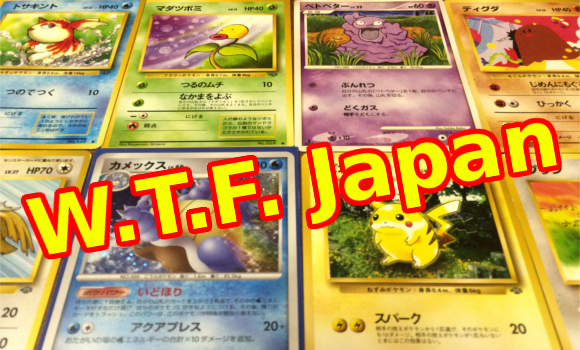
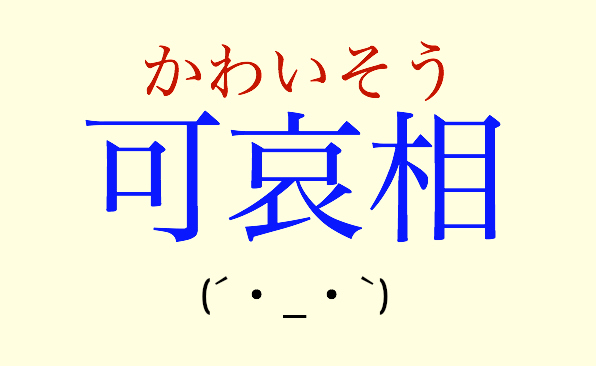
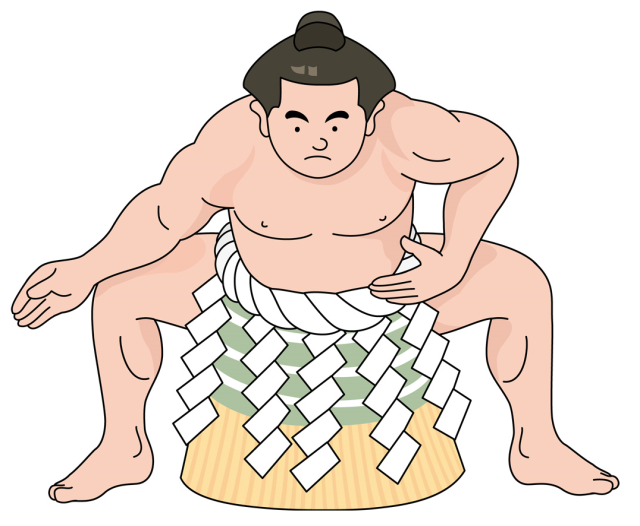
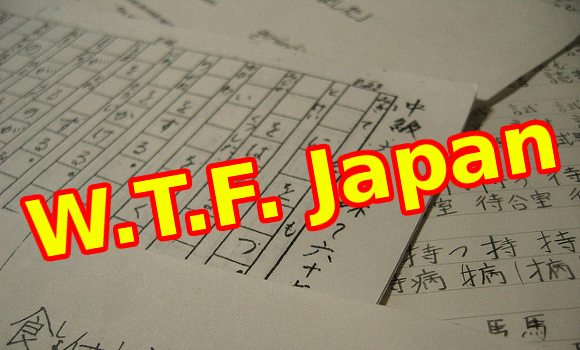
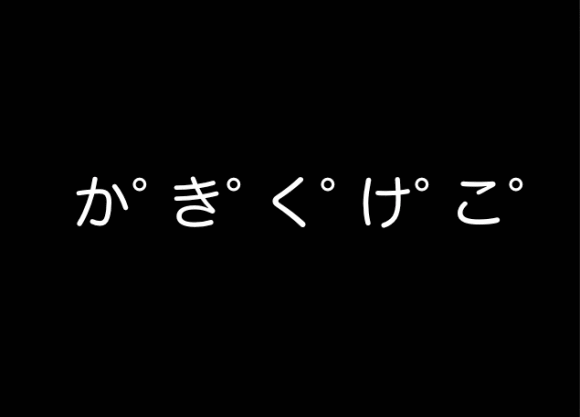






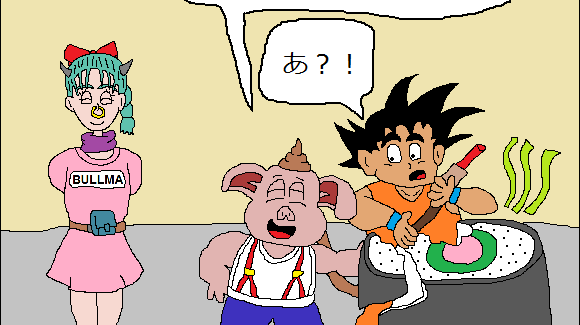


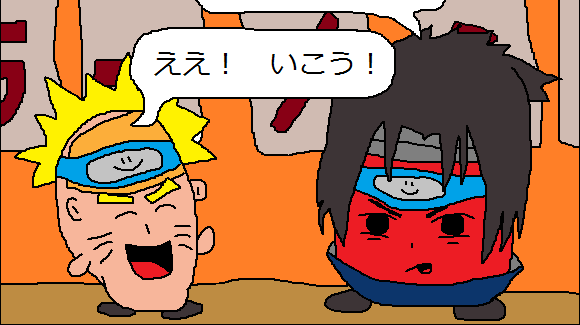
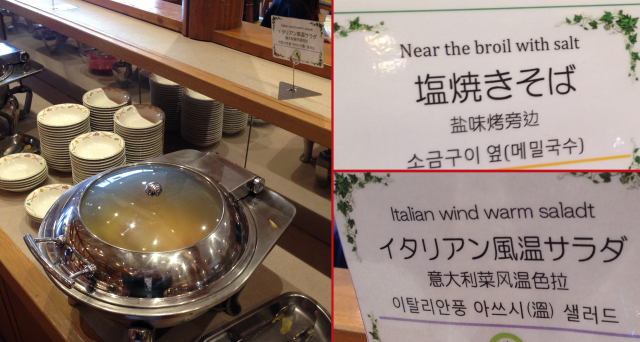

 Cyberpunk anime meets traditional culture in Ghost in the Shell gold leaf Japanese changing screens
Cyberpunk anime meets traditional culture in Ghost in the Shell gold leaf Japanese changing screens New Japanese menstrual product seeks to help women spot unidentified iron deficiencies
New Japanese menstrual product seeks to help women spot unidentified iron deficiencies More Than a Capsule Stay: Why Solo Travelers Choose “global cabin Yokohama Chinatown”
More Than a Capsule Stay: Why Solo Travelers Choose “global cabin Yokohama Chinatown” J-horror classic Ring 2 airing on Japanese TV with Zen monk offering prayers every time someone dies
J-horror classic Ring 2 airing on Japanese TV with Zen monk offering prayers every time someone dies Mr. Sato accosts award-winning actor Hideaki Ito【Interview】
Mr. Sato accosts award-winning actor Hideaki Ito【Interview】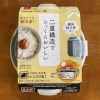 We test Daiso’s new storage container to see if it keeps rice fluffy even after freezing
We test Daiso’s new storage container to see if it keeps rice fluffy even after freezing 7 great places to see Mt. Fuji from without having to climb it
7 great places to see Mt. Fuji from without having to climb it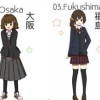 Japanese Twitter user illustrates the difference between schoolgirl uniforms in major cities
Japanese Twitter user illustrates the difference between schoolgirl uniforms in major cities Dove ad slams Japanese beauty ideals, backfires with complaints from public instead
Dove ad slams Japanese beauty ideals, backfires with complaints from public instead Japan’s otoshidama tradition of giving kids money at New Year’s gets a social welfare upgrade
Japan’s otoshidama tradition of giving kids money at New Year’s gets a social welfare upgrade Disillusionment at Tsukiji’s tourist-target prices led us to a great ramen restaurant in Tokyo
Disillusionment at Tsukiji’s tourist-target prices led us to a great ramen restaurant in Tokyo Japan may add Japanese language proficiency, lifestyle classes to permanent foreign resident requirements
Japan may add Japanese language proficiency, lifestyle classes to permanent foreign resident requirements Lacquerware supplier to emperor of Japan and Pokémon team up for new tableware
Lacquerware supplier to emperor of Japan and Pokémon team up for new tableware Starbucks Japan releases new zodiac chilled cup drink for 2026
Starbucks Japan releases new zodiac chilled cup drink for 2026 7-Eleven Japan’s ramen-cooking robot whipped us up a bowl of noodles【Taste test】
7-Eleven Japan’s ramen-cooking robot whipped us up a bowl of noodles【Taste test】 Hello Kitty Choco Egg figures are an adorable trip through three periods of Japanese pop culture【Pics】
Hello Kitty Choco Egg figures are an adorable trip through three periods of Japanese pop culture【Pics】 7-Eleven Japan starts new temporary luggage storage service in over 300 branches
7-Eleven Japan starts new temporary luggage storage service in over 300 branches Can a dirty butthole make you filthy rich in Japan? We’re starting a New Year’s lottery experiment
Can a dirty butthole make you filthy rich in Japan? We’re starting a New Year’s lottery experiment Japan’s human washing machines will go on sale to general public, demos to be held in Tokyo
Japan’s human washing machines will go on sale to general public, demos to be held in Tokyo Starbucks teams up with 166-year-old Kyoto doll maker for Year of the Horse decorations【Photos】
Starbucks teams up with 166-year-old Kyoto doll maker for Year of the Horse decorations【Photos】 Tokyo considering law requiring more trash cans following litter increase in heavily touristed area
Tokyo considering law requiring more trash cans following litter increase in heavily touristed area Tokyo’s Tsukiji sushi neighborhood asks tour groups to stay away for the rest of the month
Tokyo’s Tsukiji sushi neighborhood asks tour groups to stay away for the rest of the month Nintendo’s Kirby now delivering orders at Kura Sushi restaurants, but not in Japan
Nintendo’s Kirby now delivering orders at Kura Sushi restaurants, but not in Japan Tokyo event lets you travel back in time, for free, to celebrate 100 years since Showa era start
Tokyo event lets you travel back in time, for free, to celebrate 100 years since Showa era start Sanrio theme park in Japan announces plans to expand into a Sanrio resort
Sanrio theme park in Japan announces plans to expand into a Sanrio resort Stamina-destroying “Paralysis Noodles” are Tokyo’s newest over-the-top ramen innovation
Stamina-destroying “Paralysis Noodles” are Tokyo’s newest over-the-top ramen innovation Survey asks foreign tourists what bothered them in Japan, more than half gave same answer
Survey asks foreign tourists what bothered them in Japan, more than half gave same answer Japan’s deadliest food claims more victims, but why do people keep eating it for New Year’s?
Japan’s deadliest food claims more victims, but why do people keep eating it for New Year’s? We deeply regret going into this tunnel on our walk in the mountains of Japan
We deeply regret going into this tunnel on our walk in the mountains of Japan Studio Ghibli releases Kodama forest spirits from Princess Mononoke to light up your home
Studio Ghibli releases Kodama forest spirits from Princess Mononoke to light up your home Major Japanese hotel chain says reservations via overseas booking sites may not be valid
Major Japanese hotel chain says reservations via overseas booking sites may not be valid Put sesame oil in your coffee? Japanese maker says it’s the best way to start your day【Taste test】
Put sesame oil in your coffee? Japanese maker says it’s the best way to start your day【Taste test】 The top 10 annoying foreign tourist behaviors on trains, as chosen by Japanese people【Survey】
The top 10 annoying foreign tourist behaviors on trains, as chosen by Japanese people【Survey】 No more using real katana for tourism activities, Japan’s National Police Agency says
No more using real katana for tourism activities, Japan’s National Police Agency says Starbucks Japan reveals new sakura drinkware collection, inspired by evening cherry blossoms
Starbucks Japan reveals new sakura drinkware collection, inspired by evening cherry blossoms We test Daiso’s new storage container to see if it keeps rice fluffy even after freezing
We test Daiso’s new storage container to see if it keeps rice fluffy even after freezing 7 great places to see Mt. Fuji from without having to climb it
7 great places to see Mt. Fuji from without having to climb it Japanese Twitter user illustrates the difference between schoolgirl uniforms in major cities
Japanese Twitter user illustrates the difference between schoolgirl uniforms in major cities Dove ad slams Japanese beauty ideals, backfires with complaints from public instead
Dove ad slams Japanese beauty ideals, backfires with complaints from public instead Japan’s otoshidama tradition of giving kids money at New Year’s gets a social welfare upgrade
Japan’s otoshidama tradition of giving kids money at New Year’s gets a social welfare upgrade Taste testing 7-Eleven Japan’s five frozen curries to see which ones nail it
Taste testing 7-Eleven Japan’s five frozen curries to see which ones nail it U.S.A. now the fastest-growing market for Japan’s high-tech toilets, now selling quicker than ever
U.S.A. now the fastest-growing market for Japan’s high-tech toilets, now selling quicker than ever Dragon Quest Slime toys appear at McDonald’s Japan in crossover with Grimace and pals【Video】
Dragon Quest Slime toys appear at McDonald’s Japan in crossover with Grimace and pals【Video】 The best Japanese cosplayers from Day 2 of Summer Comiket 2019【Photos】
The best Japanese cosplayers from Day 2 of Summer Comiket 2019【Photos】 Starbucks Japan unveils new Christmas goods, drinkware and candles for the 2025 holiday season
Starbucks Japan unveils new Christmas goods, drinkware and candles for the 2025 holiday season Watch how to make one of Japan’s elite restaurant’s desserts
Watch how to make one of Japan’s elite restaurant’s desserts Sanrio theme park in Japan announces plans to expand into a Sanrio resort
Sanrio theme park in Japan announces plans to expand into a Sanrio resort Tokyo’s Super Mario Christmas decoration displays are super cool【Photos】
Tokyo’s Super Mario Christmas decoration displays are super cool【Photos】